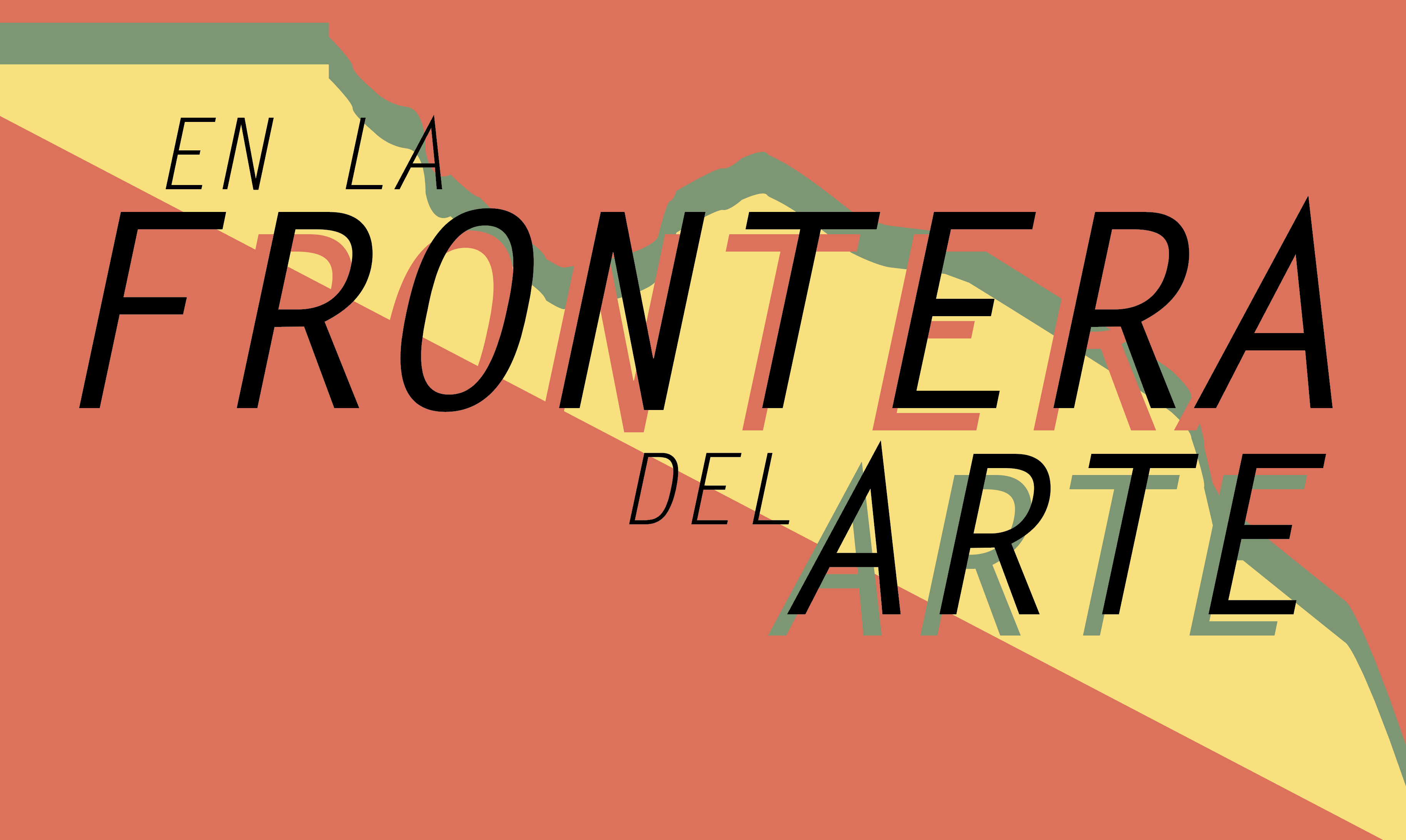
Alejandra Aragón
We drove around Juárez all afternoon and into the evening with Alejandra. She made sure to show us the sprawling industrial district that surrounds the city proper, full of foreign-owned (typically U.S. or European-owned) maquiladoras, where migrant workers and juarenses form the foundation of global capitalism, experiencing the brunt of this extractive system. She brought us to Anapra, the city’s most economically-poor neighborhood, which has a direct view of the towering modern buildings of the University of Texas, El Paso, situated on the other side of the wall that separate the two. She showed us the gated communities that have popped up around Juárez, highlighting a socioeconomic divide as significant as that in the United States. Throughout this trip, Alejandra frequently pulled over — a poster, text on a wall, a drawing scratched into a building, or an incongruous scene, had caught her attention — and documented various moments in Juárez for an upcoming series showing the different ways women are representing in public space.
It’s important to dwell on that recounting above, because Alejandra offers us a new way of seeing, her lens providing different readings of geographies we think we know, and that occupy invented places in Anglo-Americans imaginaries. She doesn’t just tell us that we’re delusional, however (which would be well within her right). Instead, through her work and the knowledge she shared during this ride-along, she calls us in and offers us an alternative history, one in which multiple narratives co-exist and overlap, where the violences that Ciudad Juárez has experienced are counterbalanced by the care of her photographs, and the accessible subjects within.
In our conversation with Juan Ortiz, he said that the feminist artists in Juárez are “some of the most badass people you’ll ever meet.” Seeing Alejandra’s work — understanding the way she is writing herself and her loved ones into history — you can see how this is true. Alejandra experiments with form, utilizing photography, multimedia material, historical archives, and video in ways that push conceptual and artistic boundaries, all in the service of centering non-dominant narratives, often belonging to fellow womxn, queer folks, laborers, and migrants. Do yourself a favor, and check out her previous photo series by clicking this link.
En español, desde su sitio web: “Mi trabajo fotográfico, audiovisual y de recolección de archivos proponen un acercamiento a las complejidades de la ciudad que habito. Desde lo personal y colectivo, lo histórico y lo sensible exploro los vínculos entre la violencia, la memoria, la vida nocturna y la experiencia de mujeres; tratando de comprender cómo estas constituyen los imaginarios e identidades de esta frontera. Alejandra Aragón es originaria de Ciudad Juárez, es Licenciada en Administración y Artes Visuales por la UACJ. Ha participado en exposiciones y publicaciones de E.U. y México. Obtuvo la Beca de Estímulos a la Creación David Alfaro Siqueiros en el 2011. Formó parte de la Bienal Internacional de Arte Visual Universitario en el 2013 y de la Plataforma de fotografos emergentes del Centro de la Imagen en el 2017. Su trabajo audiovisual ha sido exhibido en diversos festivales fronterizos y nacionales. Se ha desempeñado como periodista y actualmente trabaja de manera independiente.”
Watch her teaser for the forthcoming Las Noches Invisibles below:
